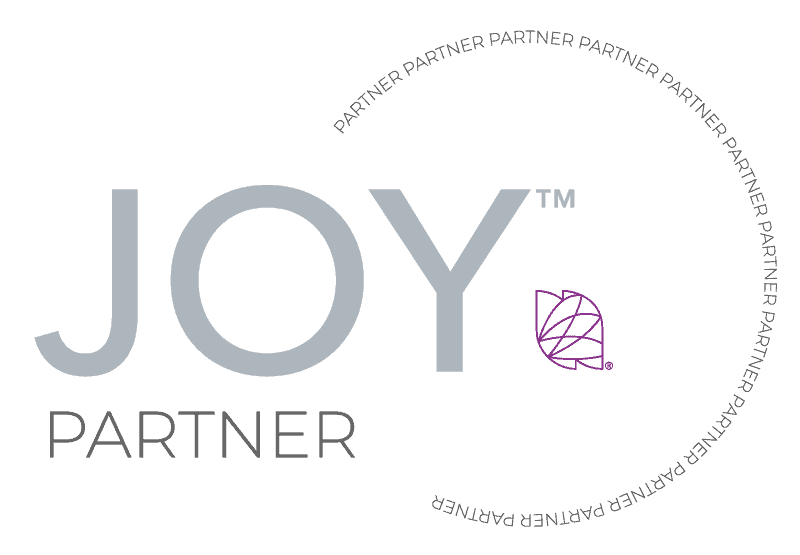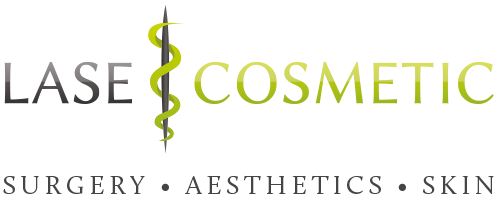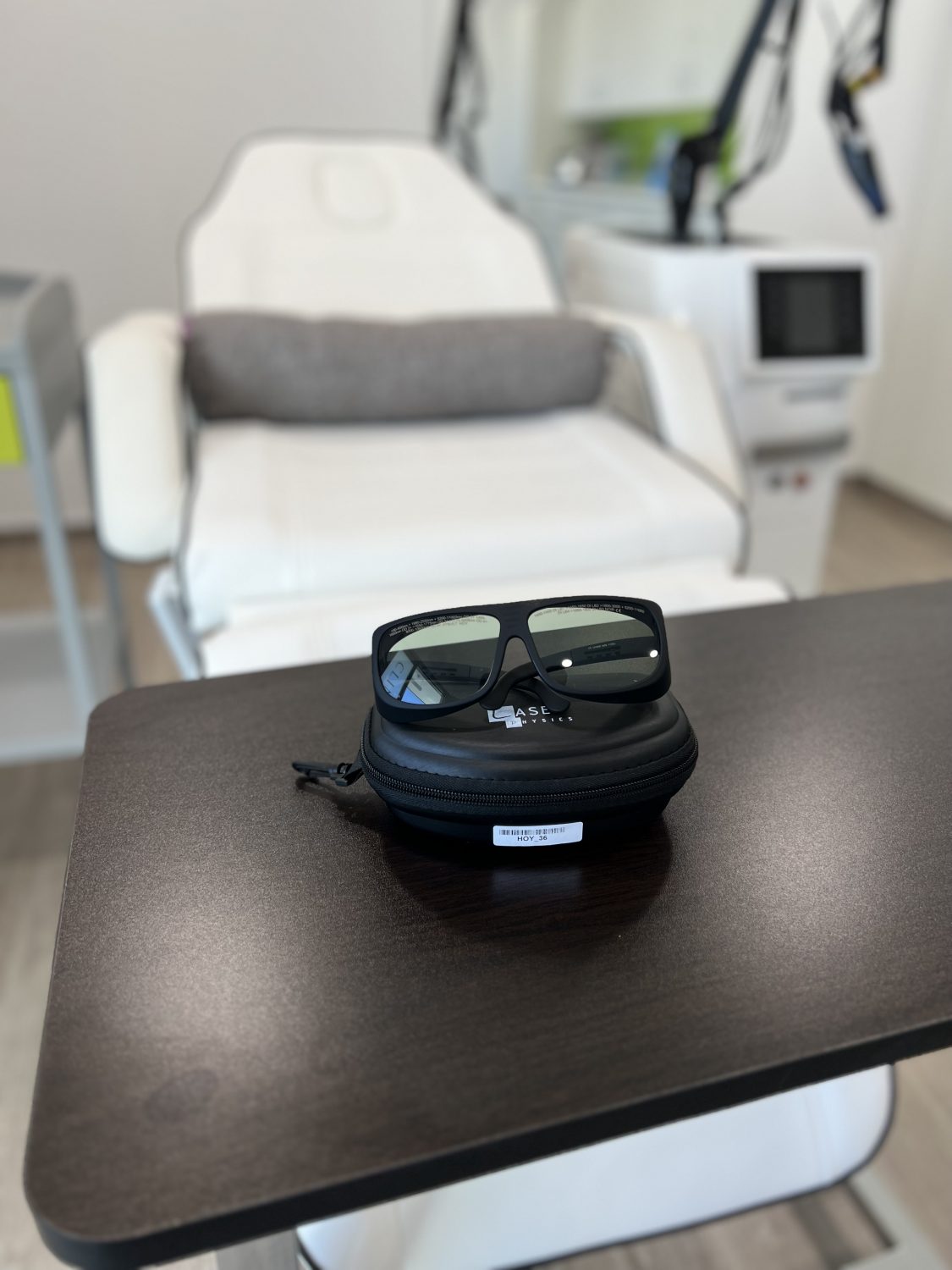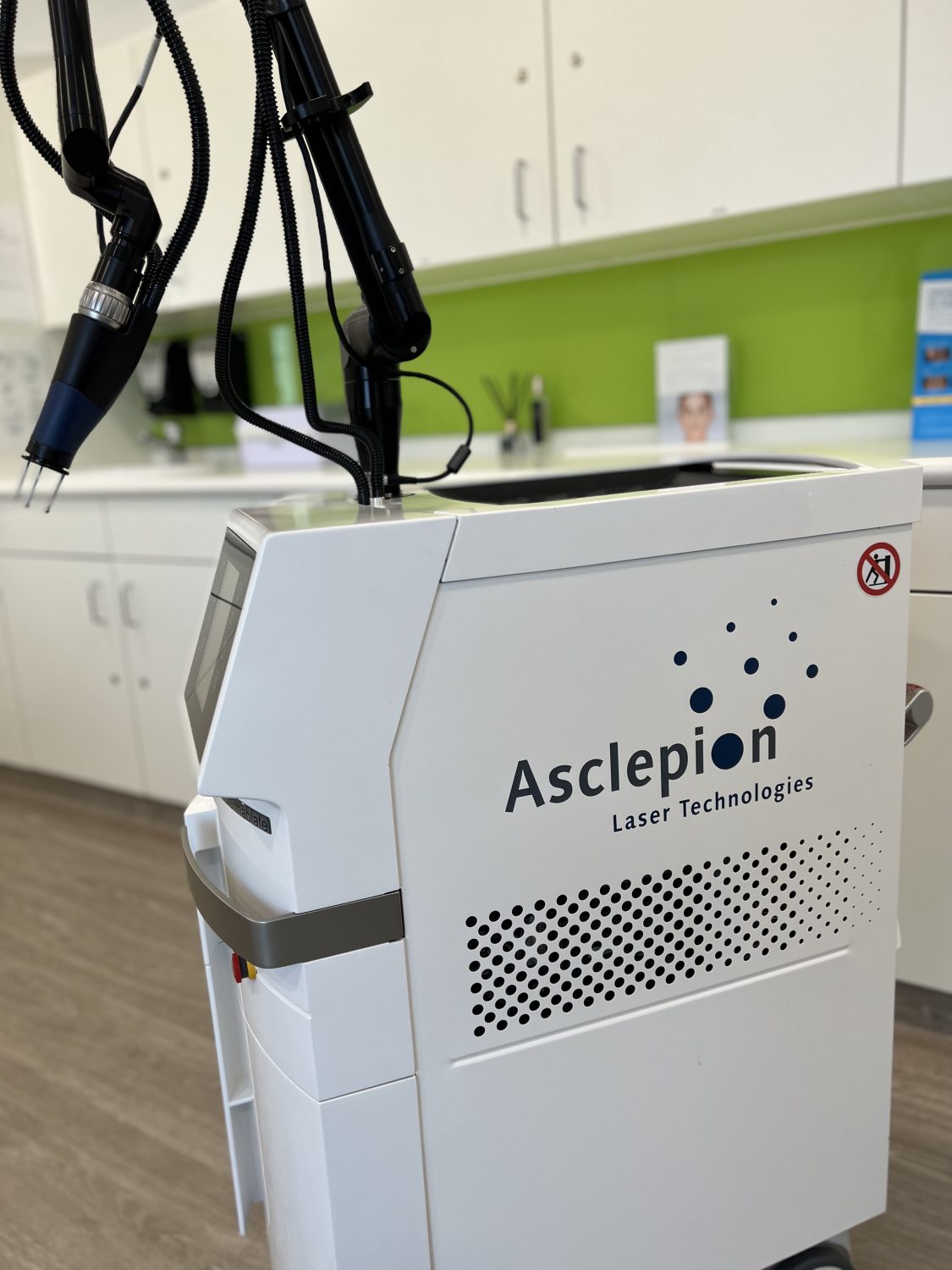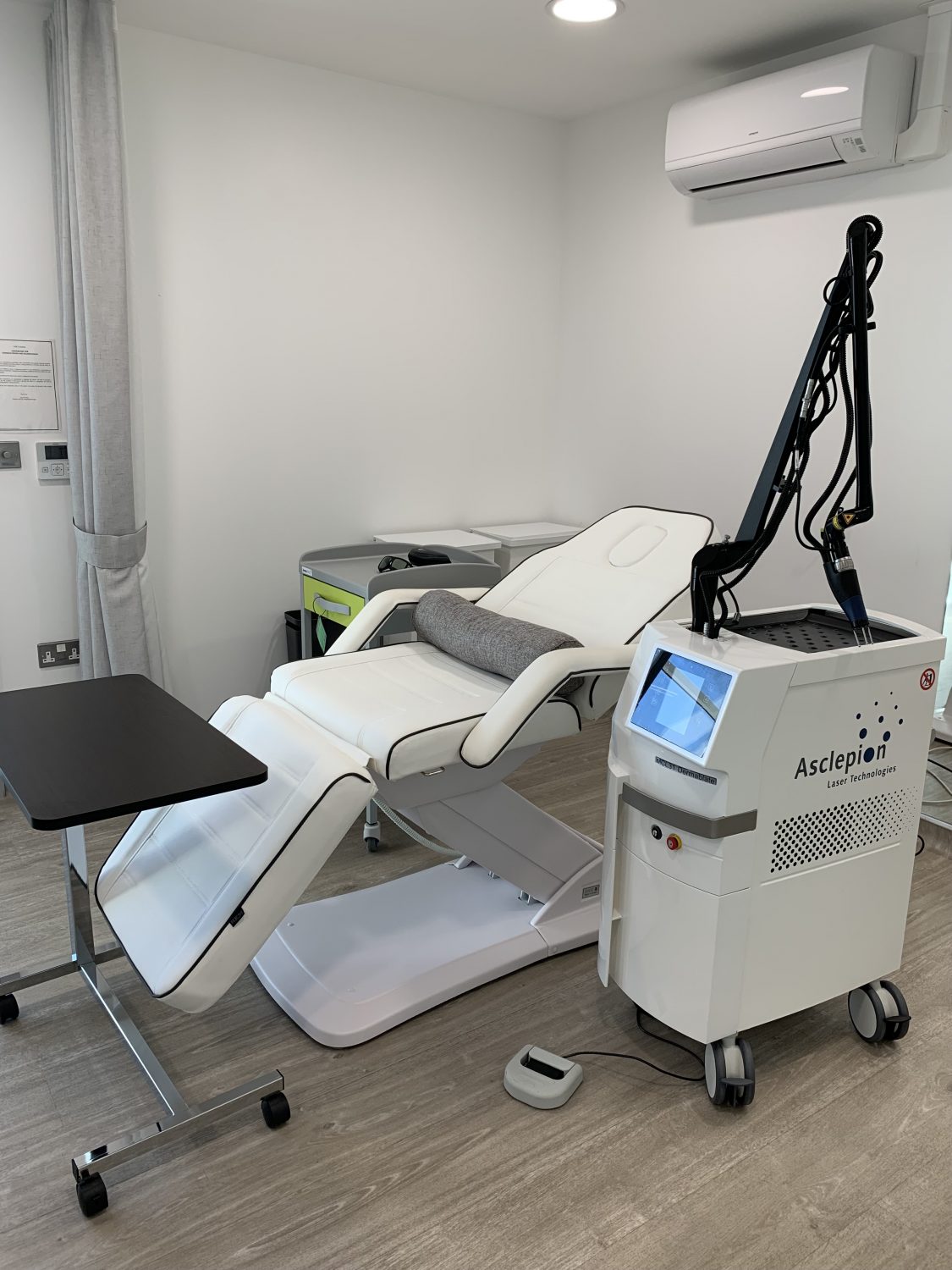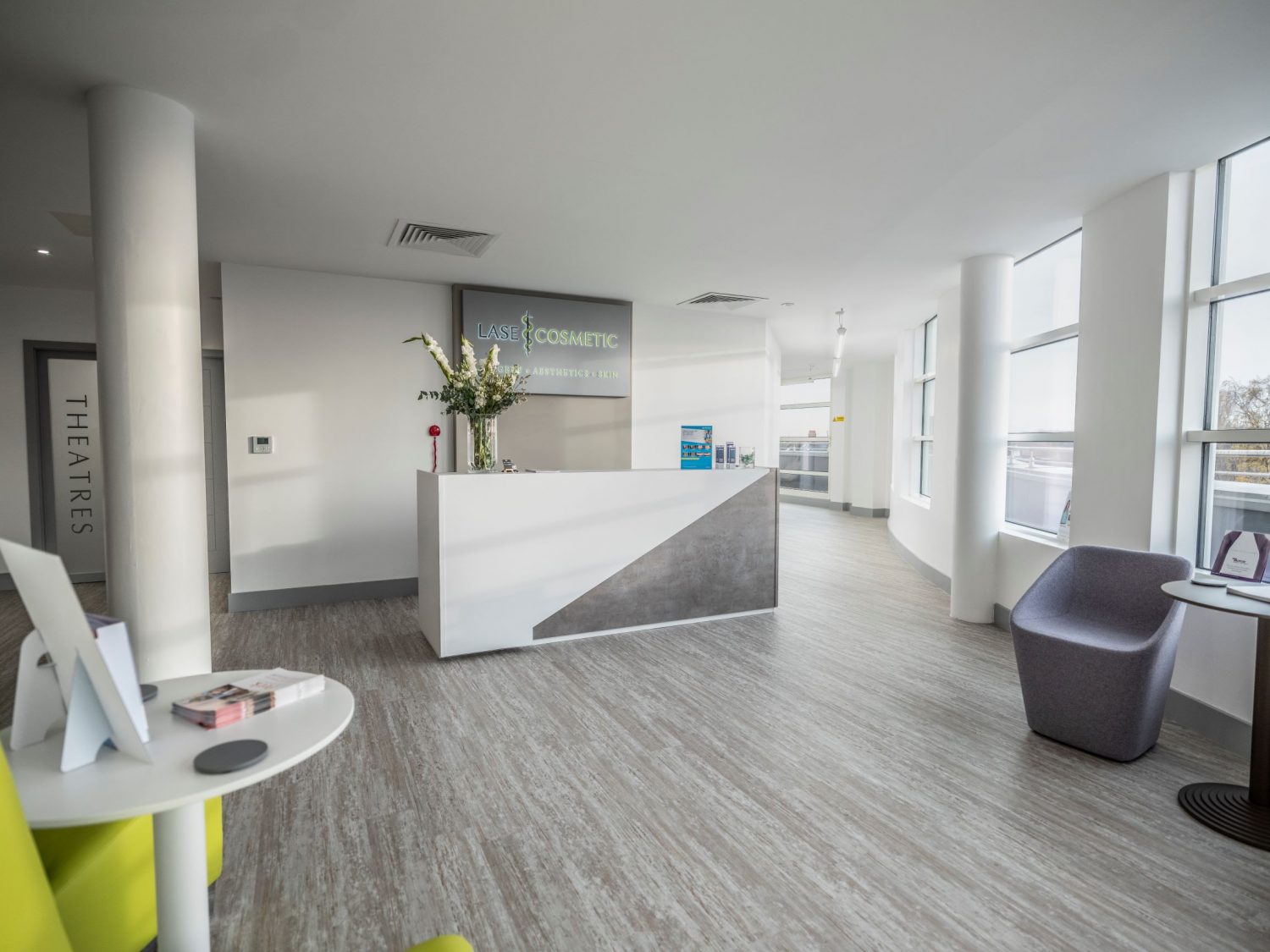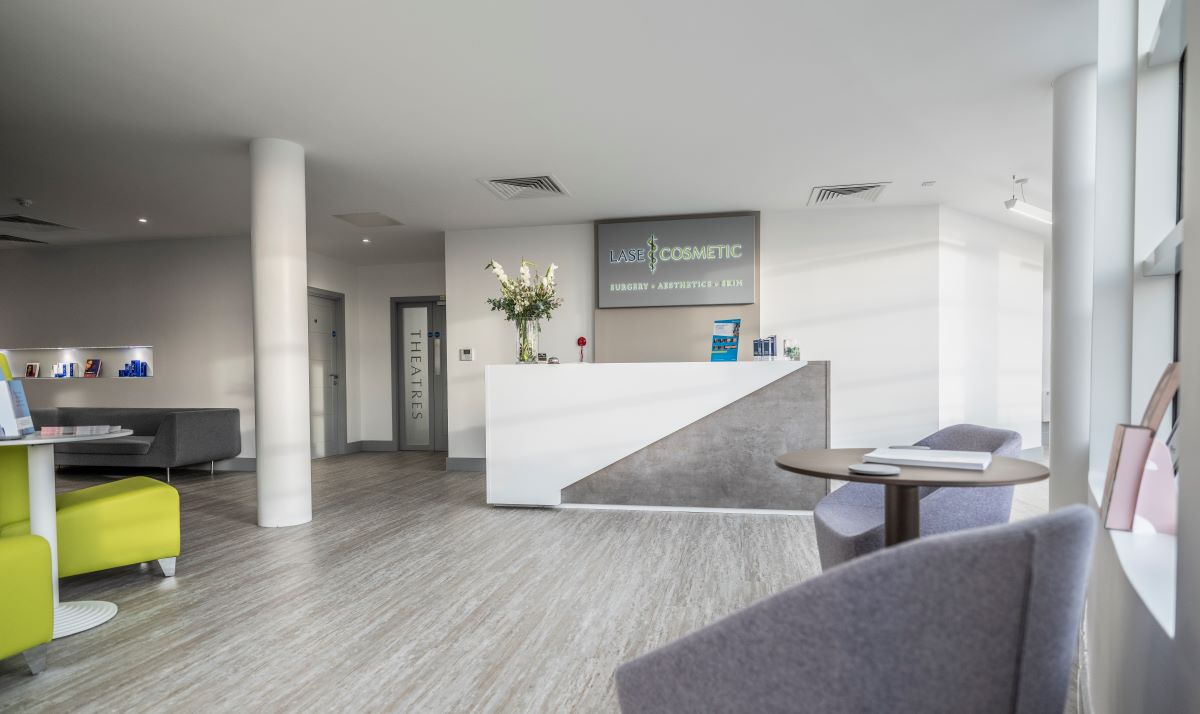Erbium Fractional Laser Treatment
Cool Laser is a market leader Er:YAG laser for high-precision skin resurfacing and rejuvenation. Erbium laser resurfacing is designed to remove superficial and moderately deep lines and wrinkles by removing the outer layers of skin and encouraging new skin growth. It treats sun-damaged skin, uneven skin tone, open pores, scarring, and stretch marks.
Skin resurfacing with Cool Laser works on areas such as your face, neck, chest, hands, and tummy.
The laser technique directs short, concentrated pulsating beams of light at the skin. Laser skin resurfacing removes skin very precisely, layer-by-layer by vaporizing it. Cool Laser removes the outer layer of your skin, called the epidermis, and heats the underlying layer, called the dermis. Cool Laser stimulates the growth of new collagen fibers resulting in new skin that is smoother, firmer, and altogether younger looking.
One of the benefits of Erbium Laser resurfacing is minimal injury of surrounding tissue. This laser causes fewer side effects than CO2 lasers, such as swelling, bruising, and redness, so your recovery time with Cool Laser is minimal.
If you have a darker skin tone, Erbium Laser resurfacing may be a good choice for you.
Description
Erbium (Er:YAG) fractional laser (2940nm) is an infrared laser that is strongly absorbed by the water in the skin and can be used to precisely heat up and remove (ablate) layers of the surface of the skin. It does this in a very controlled precise way. This can be controlled to remove only the very thinnest layer of the skin (a micropeel) or it can be used on a stronger setting to remove/ablate more deeply and remove layers of skin. This improves surface imperfections such as superficial and moderately deep lines and wrinkles, sun-damaged skin, uneven skin tone, open pores, scarring, and stretch marks.
Cost
Erbium Fractional Laser Treatment
from £500
Frequently Asked Questions
Please read the frequently asked questions below which may answer any queries or ease any concerns you may have.
How does the Erbium laser work?
The Erbium (Er:YAG) fractional laser is designed to regenerate the skin both deep down and on the surface. The laser emits light energy that is absorbed by water as the light hits the skin. The tissues that contain water is vaporized.
Fractional Erbium laser uses a matrix of microscopic laser beams, each the size of a human hair, to penetrate into the skin leaving much of the surrounding skin undisturbed. Because nearby cells are undamaged, they can move into the laser-treated area and promote rapid healing, stimulating the formation of new collagen. The excess heat that is generated results in collagen shrinkage, which tightens the skin further.
As skin cells are mostly composed of water, the heat produced by the laser light is scattered over the skin. The object is to induce controlled damage to the skin to stimulate it, just enough to promote healing. This damage will be like a burn and afterwards, the skin will feel warm. Deeper wrinkles require more treatment, while shallow lines and wrinkles will require less treatments.
What types of skin lesions can Erbium laser treat?
Erbium YAG laser is indicated for skin lesions such as sun keratosis, atrophic facial scars (acne, chickenpox), dyschromia (melasma, freckles), facial wrinkles, stretch marks, sagging skin and large pores. Using pulses of variable depth, even patients with deeper wrinkles can achieve excellent results.
Are there any side effects?
The treatment is typically well tolerated; however, it’s common for heat to develop in the skin immediately after the procedure, resulting in a sensation similar to moderate sunburn—hot and sore. Redness and swelling in the treated area may occur, lasting between 1 to 3 days. You might also experience dryness and tightness in the skin, with peeling potentially lasting several days. Unlike traditional skin resurfacing, blistering, and crusting are less likely after this procedure. Any dryness can be addressed with a range of skincare products that will be supplied to you.
Can all areas of the body be treated?
All areas of the body can be treated with Erbium fractional skin resurfacing but it should be emphasised that these techniques work best on facial skin, neck, décolleté and back of the hands. Facial skin is the most suitable area of the body for treatment because of the abundance of dermal glands. These glands, such as the sweat and oil glands, provide the new cells that will migrate to the surface of the skin.
Does skin colour make a difference?
All types of skin colour can be treated except dark Afro-Caribbean skin.
How do I prepare for the treatment?
We recommend that you pause any treatments like retinol, tretinoin, salicylic acid or glycolic for at least 14 days prior treatment. We recommend that you do not tan or use fake tan for at least 4 weeks prior to and for at least 6 weeks after this treatment. Certain medications can increase light sensitivity, but this would be discussed at your patch test appointment prior to the full laser treatment.
Do I need to buy any products to use after my treatment?
No, we provide you with all you need to care for your skin post treatment. This includes a Cleanser, a soothing ointment and moisturiser and a SPF 50 protection.
Is it painful?
Heat build-up occurs in the skin during the procedure and the resulting mild discomfort is managed with cool compresses at the end of treatment. The procedure does not require a topical anaesthetic and most patients describe discomfort as 2 or 3 out of 10 on a pain scale.
Are there any side-effects?
A sunburn sensation including moderate redness and swelling of the skin usually occurs and lasts 1 to 3 days. Expect mild peeling to take place usually at day 4 to 7. Dryness of the skin is treated using a recommended moisturiser, forming a seal that prevents further water loss. There is a very small risk of pigment change, infection and scarring following treatment. Laser treatment may produce temporary grid patterns in the skin. This is very rarely permanent.
How does the skin look afterwards?
The skin looks pink afterwards ranging from slightly pink for a micropeel, to intense red for a deeper peel. Microscopic holes (pixels) will be visible, which is normal. In the case of a micropeel the pinkness settles over 1-2 days. In the case of deeper peels, the skin looks deep red and there may be some oozing and the redness settles over 7-10 days. It is important to use good sun protection as the skin recovers to protect the fresh new skin from being damaged again. As the skin heals it reveals fresher, younger looking skin and reduces surface irregularities and brown spots. New collagen continues to develop over 3-6 months.
Do I need a patch test?
Yes, a patch test is needed at least two weeks before your treatment, even if you have undergone this procedure elsewhere in the past. The patch test only takes about 10 minutes and can be performed during your consultation appointment.
How does the skin look afterwards?
The skin looks pink afterwards ranging from slightly pink to quite red. Microscopic holes (pixels) will be visible, which is normal. In the case of a micropeel lighter laser treatment, the pinkness settles over 1-2 days. In the case of deeper treatments, the skin looks red and there may be some soreness following the treatment. It is important to use good sun protection as the skin recovers to protect the fresh new skin from being damaged again. As the skin heals it reveals fresher, younger looking skin and reduces surface irregularities and brown spots. New collagen continues to develop over 3-6 months.
Is laser treatment safe?
There is no evidence whatsoever to suggest that laser treatment can be linked to skin disorders or increased risk of skin cancer. However, as with any laser or light-based treatment, there is a very small risk of potential side effects such as pigment changes and scarring. The risk of these occurring can be reduced to an absolute minimum by ensuring that patients follow the pre and post treatment advice given during the initial consultation.
How many sessions will I need?
For optimal results, most patients will require 3 sessions (approximately 1 session every 4-6 weeks). In some circumstances, more sessions may be needed. This will be discussed at your consultation.
How long do results last?
The results of this treatment are permanent. However, over time, concerns such as pores, pigmentation or fine lines may return. So, you may benefit from doing Erbium fractional laser again in the future. Patients often have one treatment a year to maintain maximum results.
What is the cost of the treatment?
Prices vary slightly depending on whether you are having a larger or smaller area treated. Prices start from £500
Where can you get more information?
If you are interested in learning more about Erbium Fractional Laser treatment please request a consultation or contact us.
Cool Laser At LASE Cosmetic
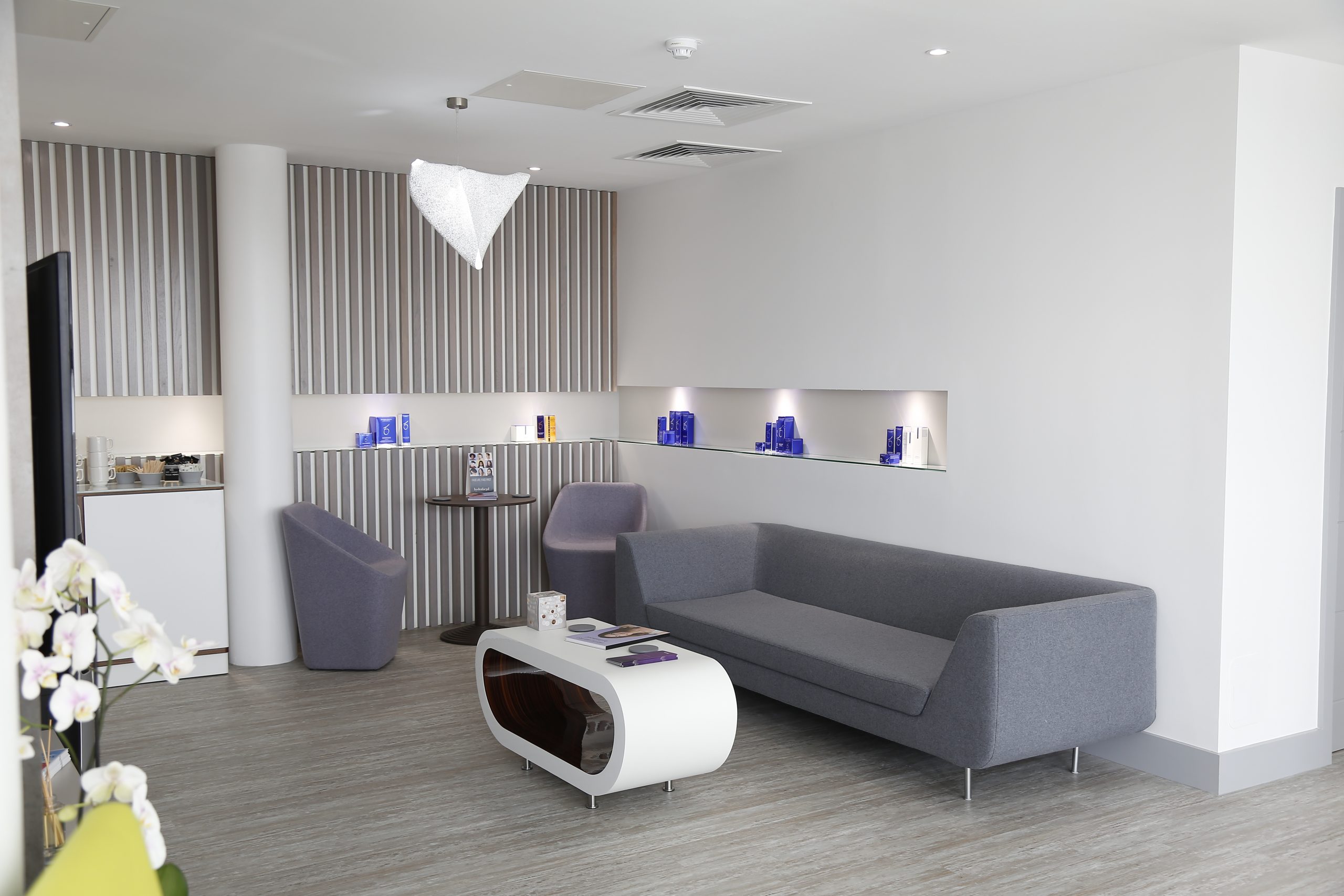
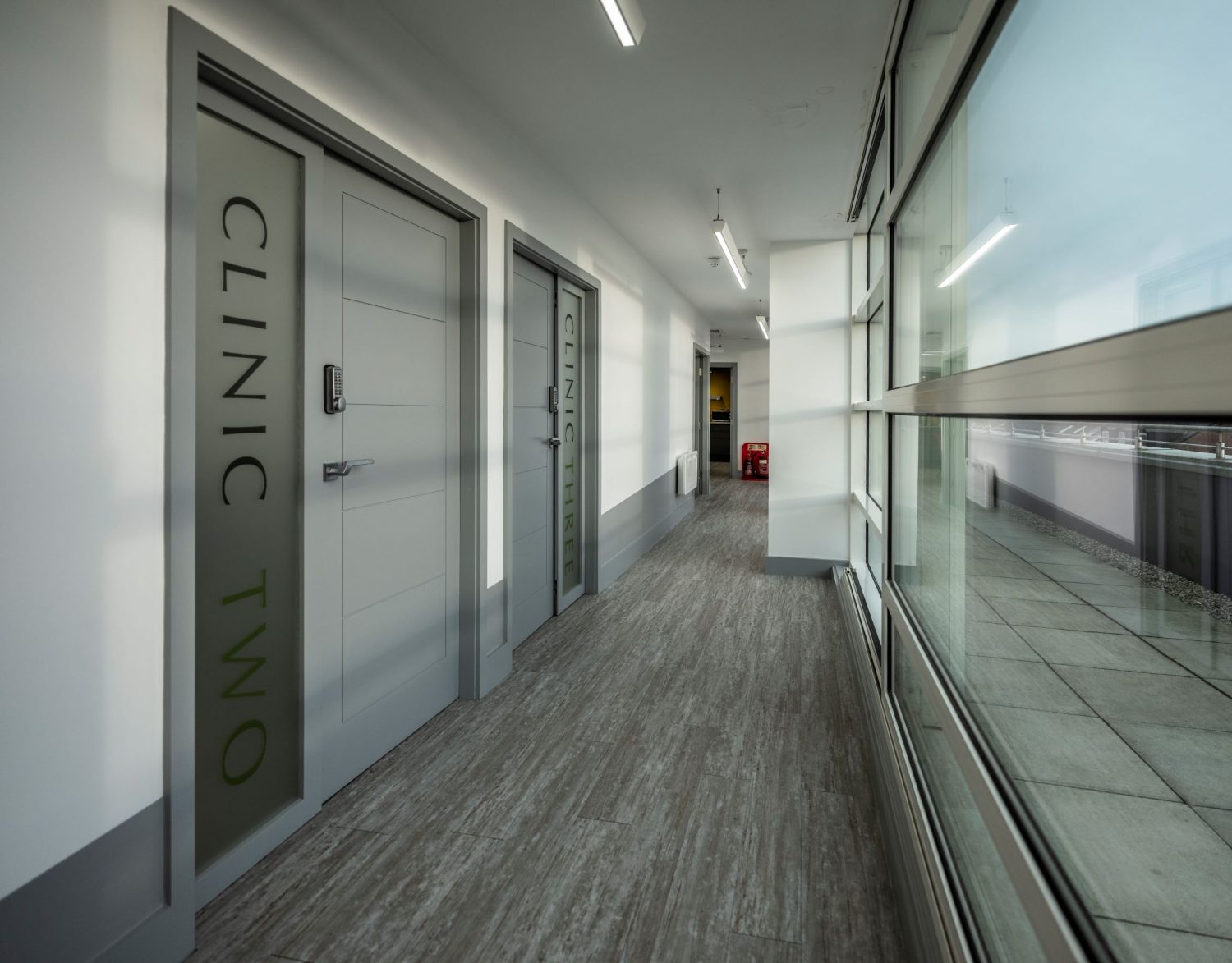
Get In Touch
Follow Us




